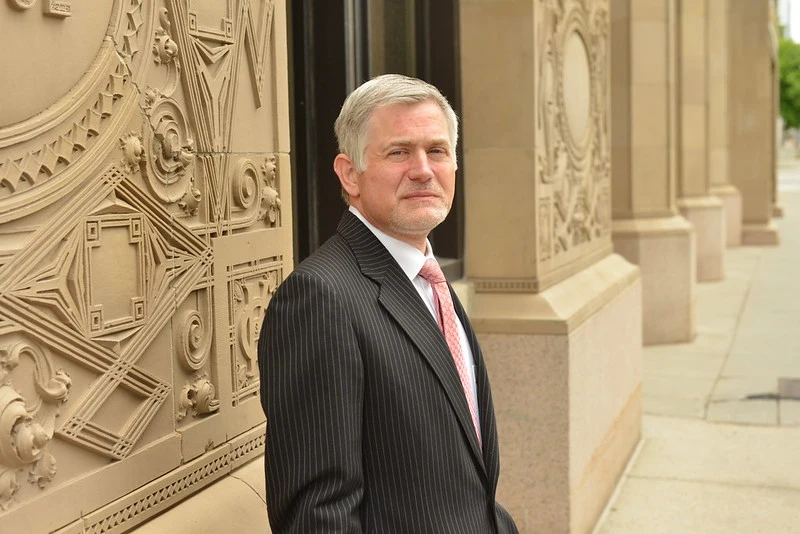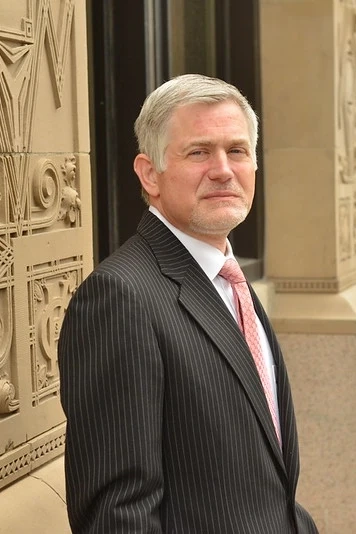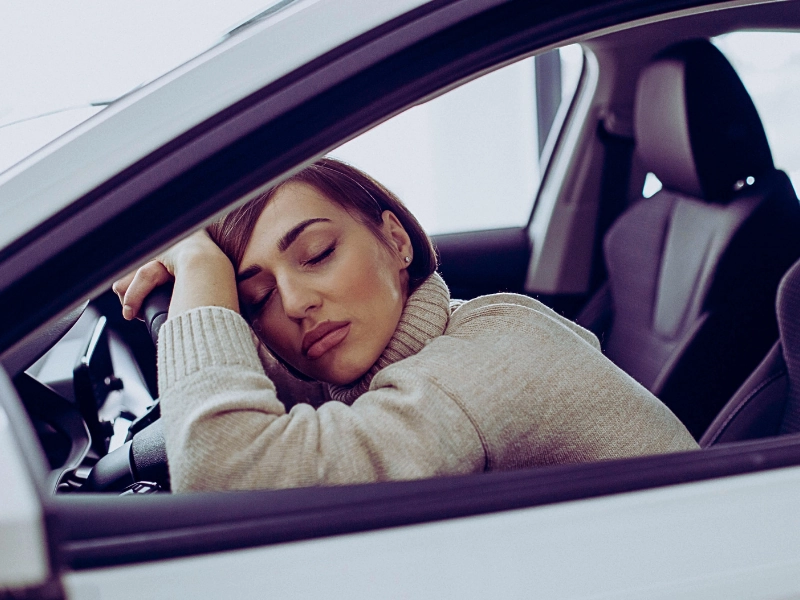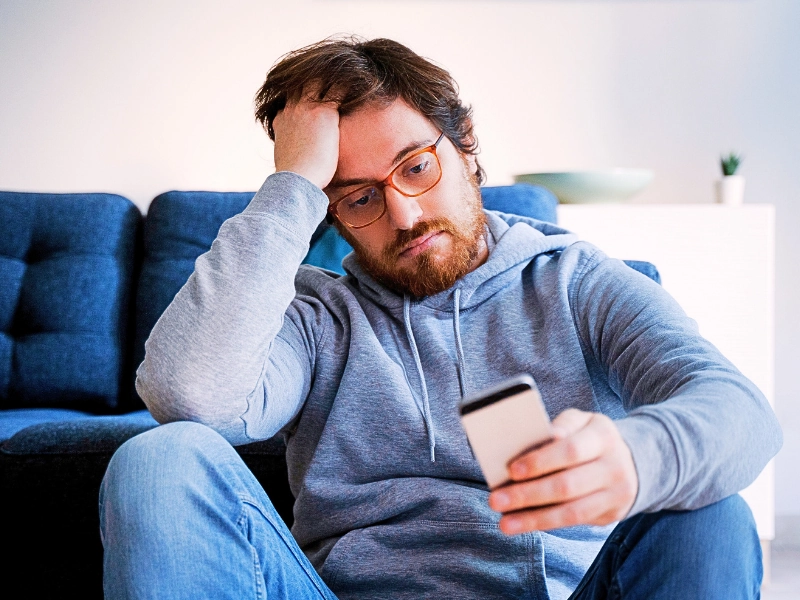In January of this year, an African American man from St. Paul was sitting on a bench inside a bank as he waited to pick up his children from daycare. CNN reports that a security officer told the man to leave the area, alleging that it was for employees only though there were no signs marking it as private. Additional law enforcement were called in and told the man he was going to jail.
A video captured images and audio of the experience. Though the video goes black as officers try to restrain the man, viewers can hear the man screaming for help and for his children. He claims that officers used a stun gun on him as he was asking what he had done wrong. He was charged with disorderly conduct, trespassing and obstruction of the legal process, yet all the charges were dropped six months later.
The role of racial profiling
All of the law enforcement involved in this incident are white, sparking numerous allegations that the man had been targeted due to his race. The St. Paul Police Department maintains that the video did not show the fully story, and an investigation is underway. However, as a spokesperson for the St. Paul Black Ministerial Alliance noted in the CNN report, the aggression used against the man is troubling, especially because it appears he had not done anything illegal.
According to a 2013 report released by the State of Minnesota’s Council of Black Minnesotans, racial profiling is a serious problem in which law enforcement disproportionately target people of color. The report notes that the issue is evident at every layer of the state’s justice system, notably that Minnesota has a black-to-white imprisonment ratio of 25 to 1, which is the highest in the country.
More than just disparity
The report found that white people make up nearly 85 percent of the total population, though they only account for 42 percent of the prison population. Black people, however, make up only 5 percent of the population in Minnesota, yet account for 37 percent of the prison population. The findings show that the disparity is true in adult correctional facilities as well as juvenile detention centers. The Minnesota Council on Crime and Justice also reports the following:
- Racial profiling appears more pronounced for low-level crimes, such as domestic disturbances and traffic stops.
- A black person in Minnesota is 20 times more likely than a white person to be stopped for a traffic violation.
- White people were more likely to have contraband on them, but arrests and prosecutions against blacks were 10 times higher.
As the American Civil Liberties Union notes, racial profiling is a threat to people’s constitutional rights and, since Sept. 11, 2001, the practice has greatly extended to other minorities as well, specifically people of the Muslim and Arab communities. Anyone who is charged with a crime and suspects race may have played a role should contact an attorney.






